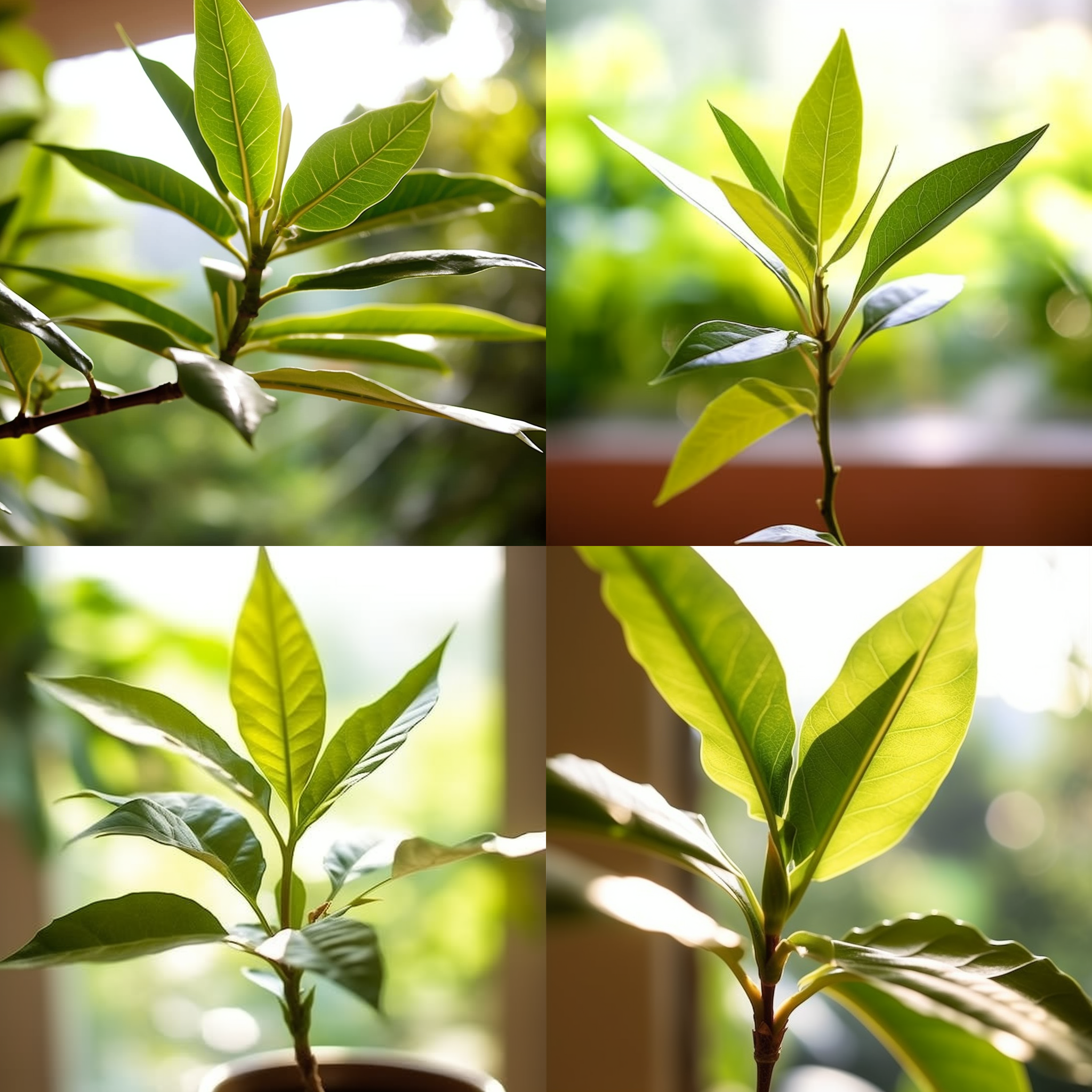Story of Day :
Contents
The Bay Leaf Plant: A Complete Guide and Care Tips for Gardeners
Gardeners are always on the lookout for plants that can add both beauty and flavor to their gardens. One such plant is the bay leaf plant, which not only adds a touch of greenery to your garden but also provides an essential herb used in cooking. In this article, we will provide a complete guide on the bay leaf plant and its care tips.
What is a Bay Leaf Plant?
The bay leaf plant, scientifically known as Laurus nobilis, is an evergreen tree or shrub native to Mediterranean countries. It belongs to the Lauraceae family and can grow up to 30 feet tall in ideal conditions.
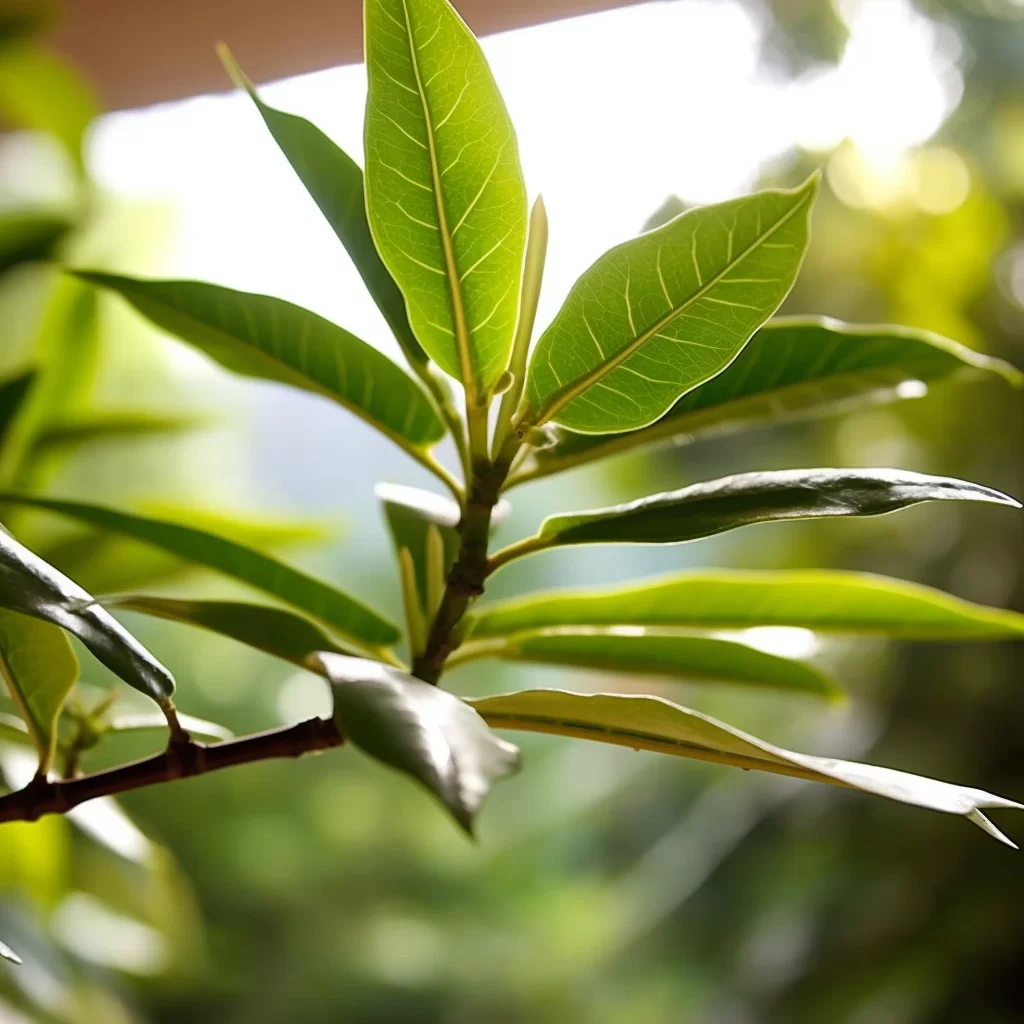
How to Grow a Bay Leaf Plant?
- Climate: The bay leaf plant thrives in USDA Hardiness Zones 8-11. It prefers warm temperatures with high humidity levels. If you live in colder regions, you can grow it indoors as well.
- Sunlight: The bay leaf plant requires plenty of sunlight for healthy growth. Place it in an area that receives six hours of direct sunlight daily.
- Soil: Use well-draining soil rich in organic matter for growing the bay leaf plant. Keep the soil moist but not waterlogged.
- Fertilizer: Fertilize your plants every three months using slow-release fertilizers or compost tea.
Care Tips for Bay Leaf Plants
- Pest Control: The most common pests affecting bay leaf plants are spider mites and mealybugs. Regularly inspect your plants’ leaves and stems to catch infestations early. Use neem oil or insecticidal soap to treat the affected areas.
- Pruning: Prune your bay leaf plant regularly, especially during its dormant season. This will improve air circulation and growth of new shoots.
- Harvesting: You can start harvesting your bay leaf plant when it reaches a height of two feet. Pluck the matured leaves from lower branches as needed. Fresh bay leaves are more flavorful than dried ones.
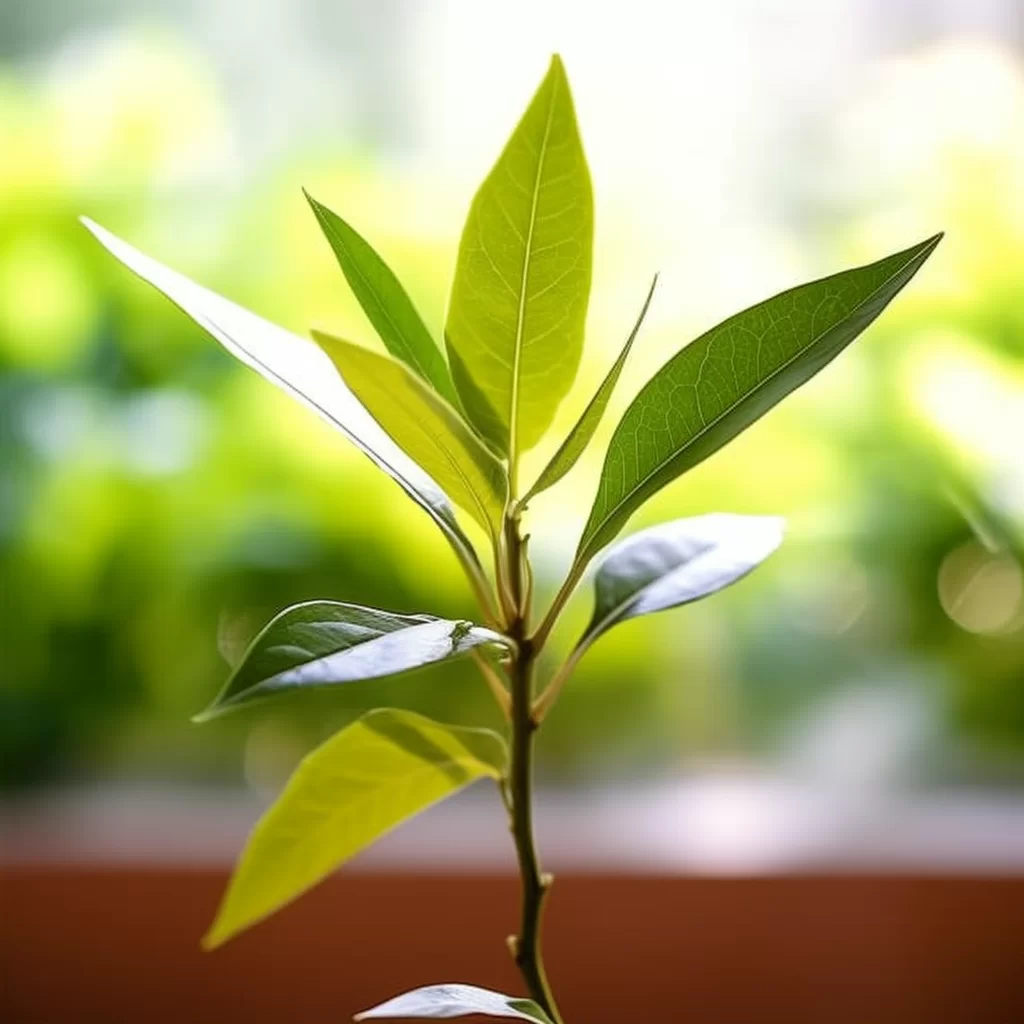
Health Benefits of Bay Leaf Plant
The bay leaf plant is not only an excellent culinary herb but also has numerous health benefits:
- Aids Digestion: Bay leaves help reduce bloating, gas, constipation and promote better digestion.
- Promotes Heart Health: The antioxidants present in bay leaf helps lower cholesterol levels and improve heart health.
- Soothes Pain: The anti-inflammatory properties of the essential oil extracted from bay leaves help relieve pain caused by arthritis or other inflammatory conditions.</lI
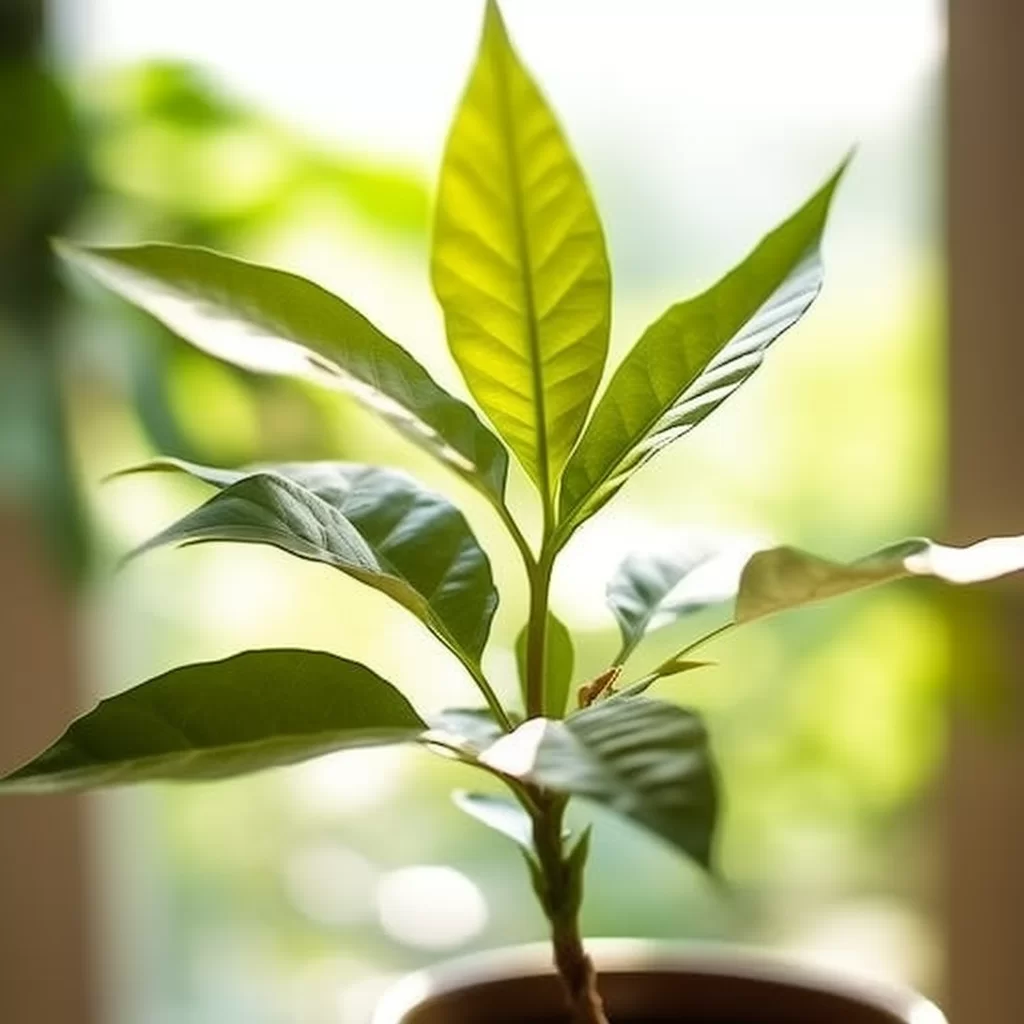
Cooking with Bay Leaf Plant
Bay Leaves have a subtle flavor that blends well with soups, stews, sauces, marinades & pickling liquids It is most commonly used in Mediterranean dishes like Bouillabaisse (French Fish Stew), Goulash (Hungarian Beef Stew), Pho Tai Bo Vien (Vietnamese Beef Noodle Soup) etc., Here are some tips on using fresh or dried bay leaves while cooking:
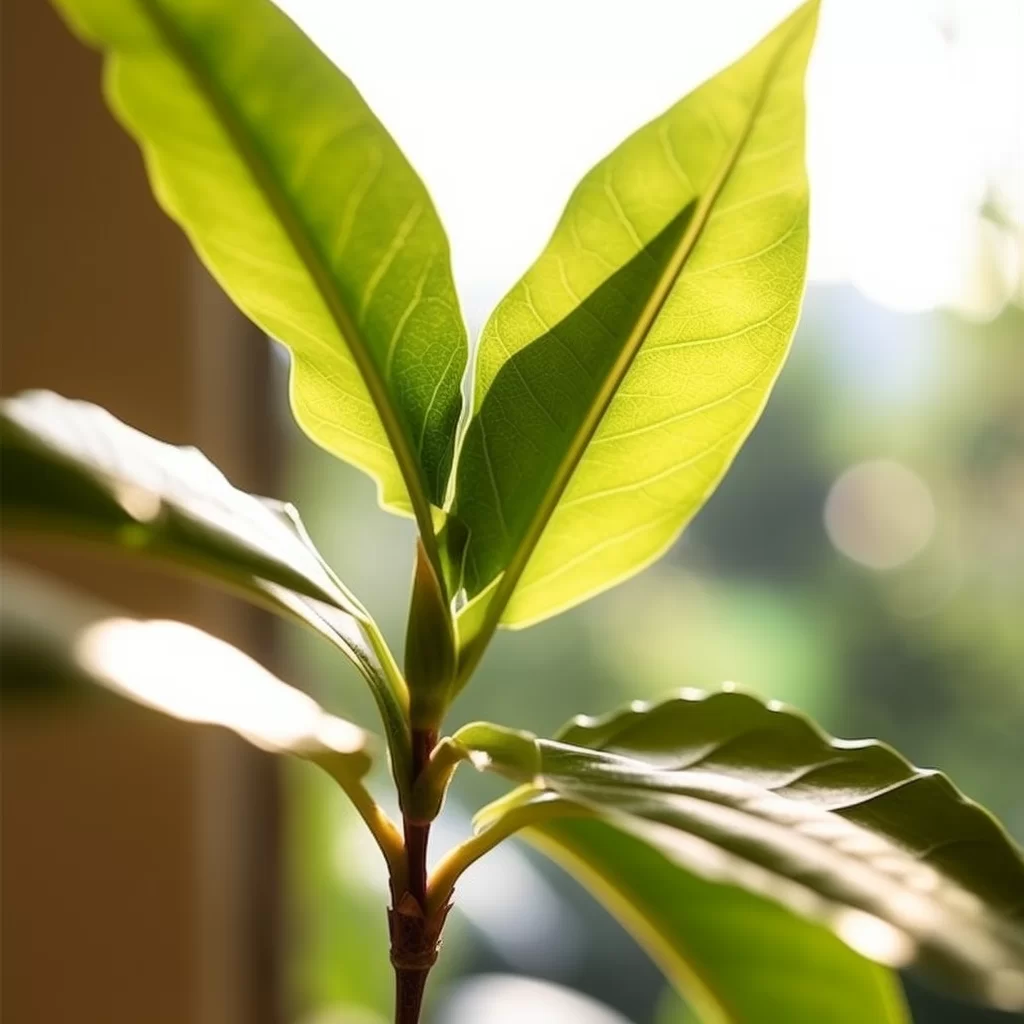
- To use fresh Bay Leaves in cooking pull them off the stem or cut them into small pieces using a sharp knife.
- When using dried bay leaves in cooking, add them to the recipe at least 20-30 minutes before finishing to allow the flavor to develop fully.
- One or two Bay Leaves are sufficient for most recipes. However, if you prefer a more intense flavor, you can add more as needed.
Conclusion
The bay leaf plant is a valuable addition to any garden and an essential herb in every kitchen. Its beautiful green foliage adds beauty and elegance while its subtle flavor contributes richness and depth of flavor to dishes. Follow our complete guide and care tips for growing your own bay leaf plant today!
